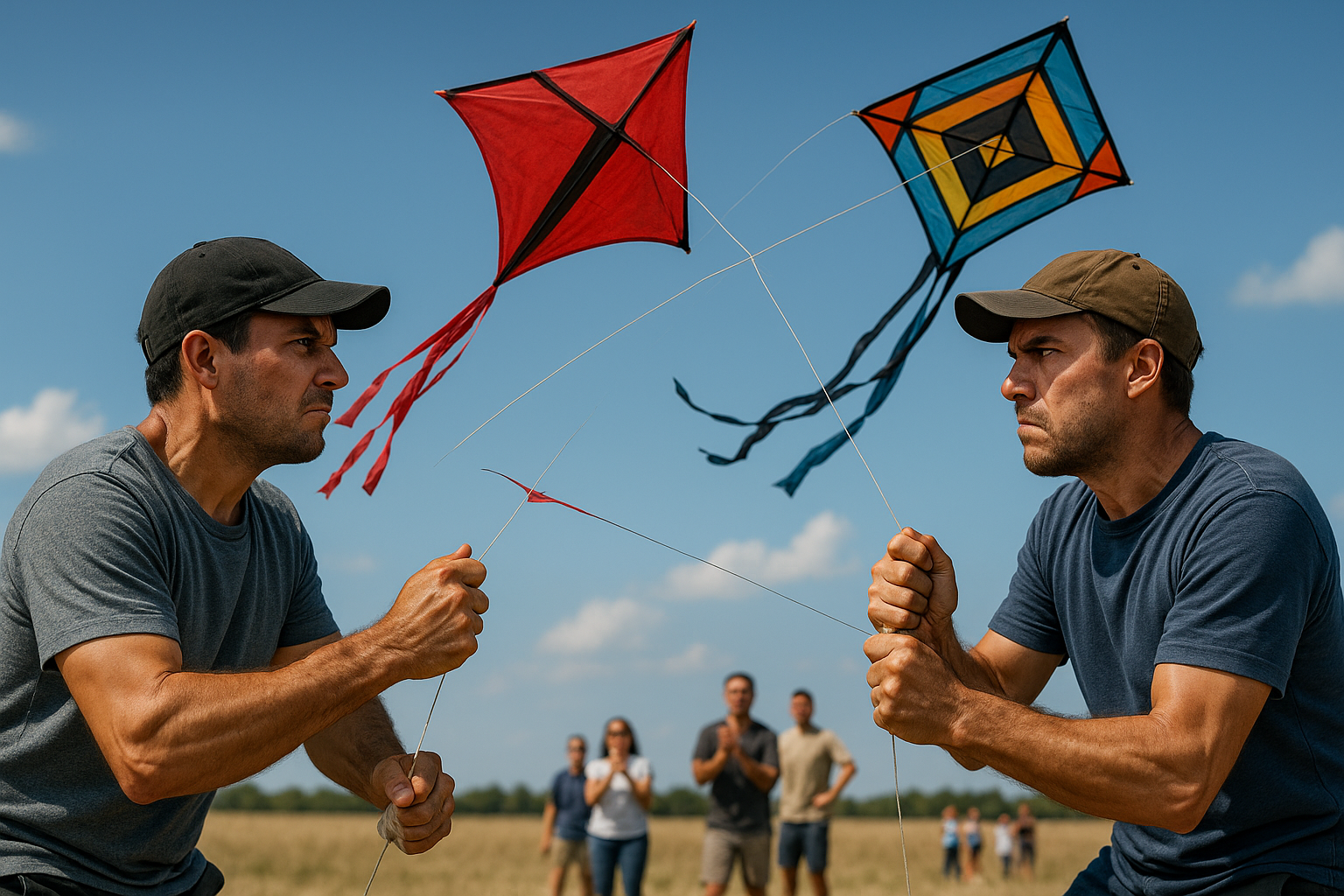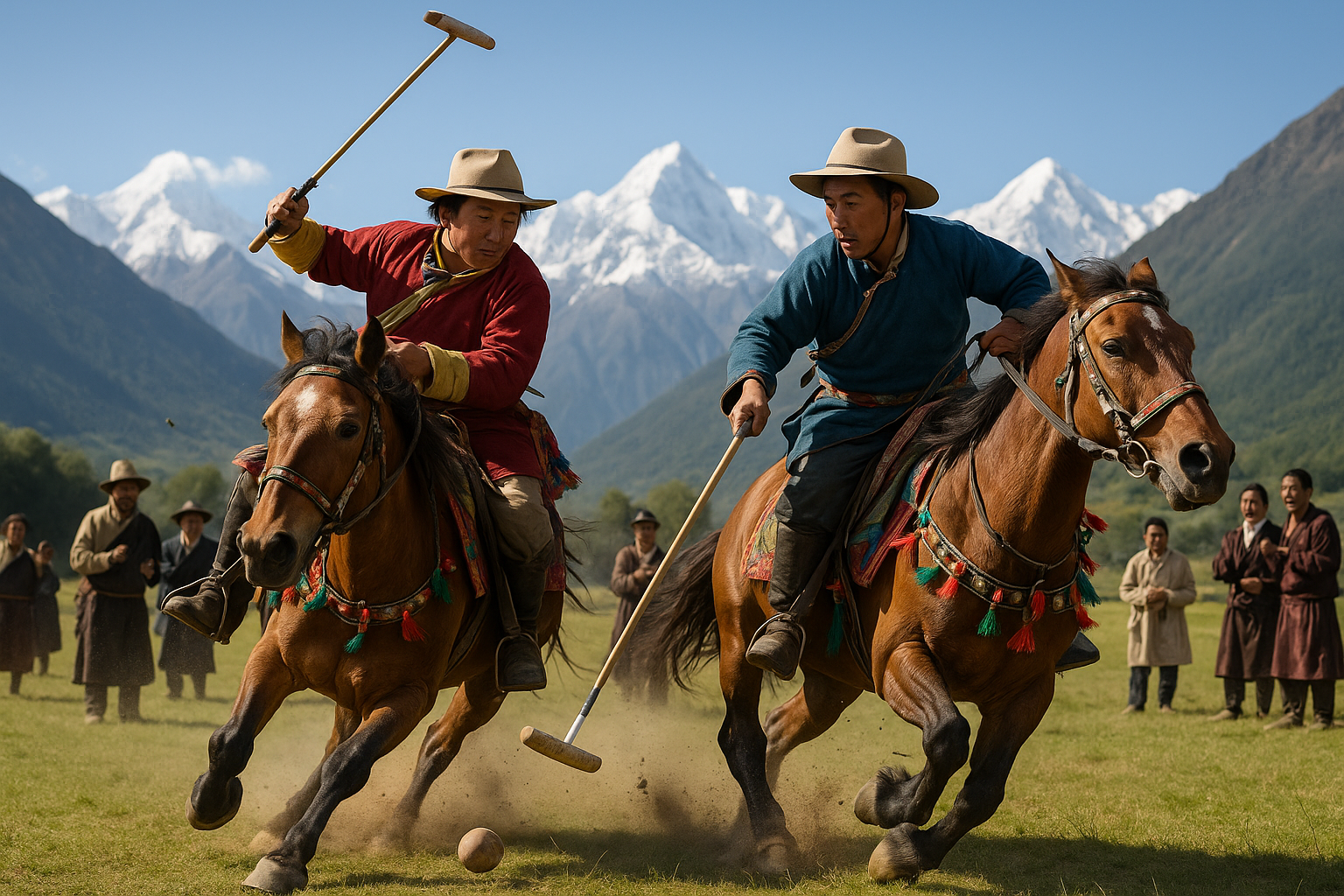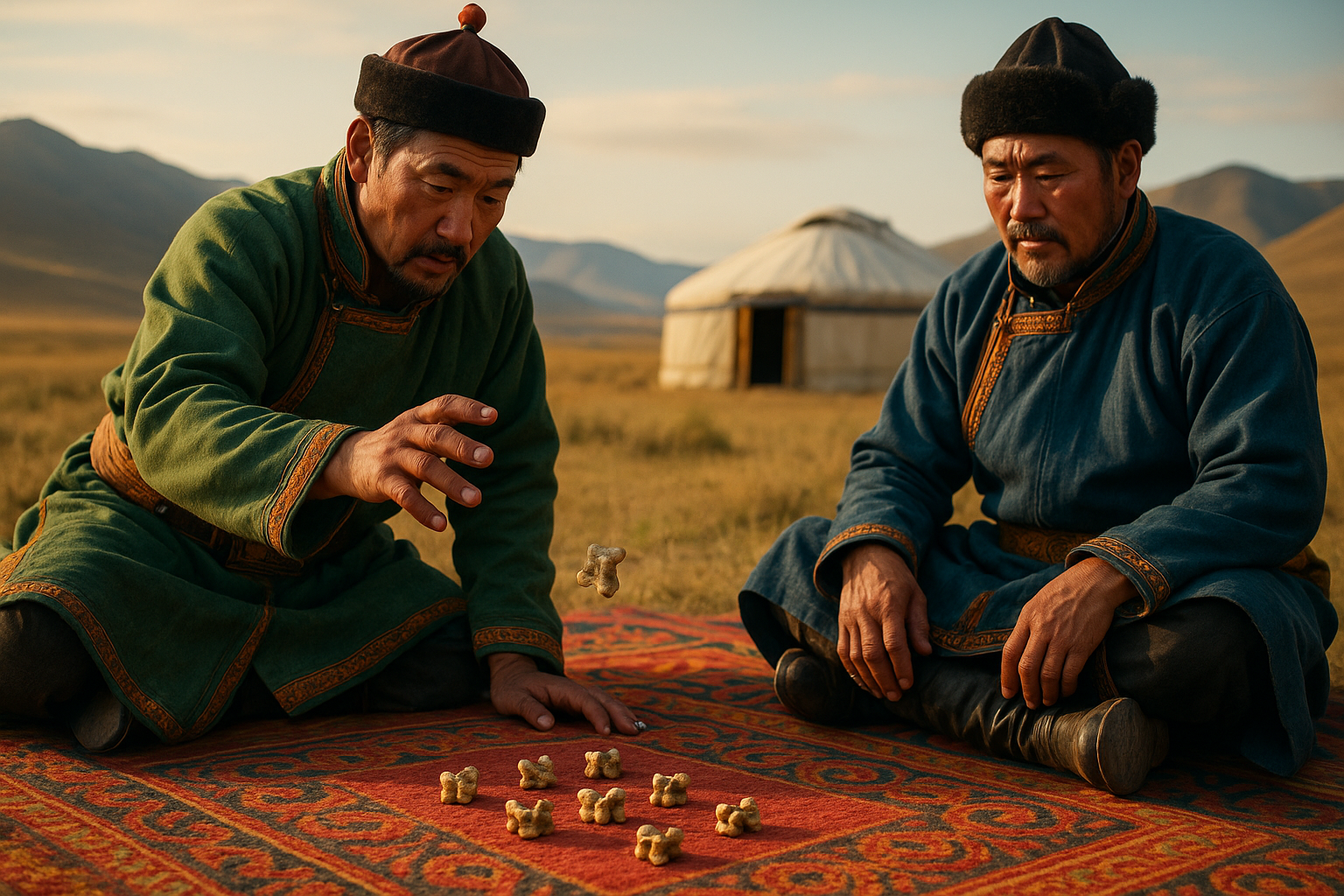Kite fighting, an age-old sport rooted in tradition and culture, is more than just a game; it is a thrilling battle of skill, precision, and strategy. Imagine the scene: a clear blue sky dotted with colorful kites, each maneuvering with a dancer’s grace, a warrior’s courage. The air is charged with anticipation, every spectator’s eye keenly observing the aerial ballet above. In this world, kites are more than mere paper and string; they are warriors in the sky, each one controlled by an adept pilot on the ground. 🪁✨
The art of kite fighting is as complex as it is captivating. To the untrained eye, it may seem like a simple tug-of-war against the wind, but seasoned fighters know the intricacies involved. Each movement is calculated, each twist and turn a part of a greater strategy designed to outwit and outmaneuver opponents. It’s a dance of dexterity and wit, where the victors are not only those with the strongest kite but those with the sharpest minds.
What draws people to kite fighting is the combination of simplicity and complexity. On one hand, it is accessible to anyone with a kite and a string; on the other, it requires a deep understanding of wind dynamics, materials, and the physics of flight. This duality makes kite fighting an alluring pursuit, appealing to both novices eager to learn and veterans seeking to refine their skills.
In this article, we will delve into the fascinating world of kite fighting, exploring its history and evolution over the centuries. From the vibrant festivals of India and Pakistan to the competitive arenas of Brazil and Japan, kite fighting has captured the hearts of millions around the globe. 🌍 We will uncover the cultural significance of this sport and how it has transcended borders, bringing people together in celebration and competition.
As we embark on this journey, we will equip you with the essential skills and strategies needed to excel in kite fighting. Whether you are a beginner looking to dip your toes in this exhilarating sport or an experienced fighter aiming to sharpen your tactics, this guide is designed to help you unleash your inner warrior. We will cover the fundamentals of kite selection, understanding the types of kites best suited for different fighting styles, and the importance of choosing the right materials for your kite string, or “manja.”
Moreover, we will explore the tactics employed by master kite fighters. From the art of the “cut” – slicing through an opponent’s string – to defensive maneuvers that ensure your kite remains airborne, every technique is a piece of the puzzle. We’ll provide insights into the strategies that distinguish amateur flyers from seasoned champions, emphasizing the mental agility required to anticipate and counter an opponent’s moves.
We’ll also discuss the significance of environmental awareness. Understanding wind patterns, weather conditions, and even the terrain can provide a critical edge in a match. This knowledge allows fighters to adapt their strategies on the fly, ensuring they remain competitive regardless of the conditions.
Beyond the mechanics and techniques, kite fighting is about fostering a sense of community and respect among participants. It is a sport where camaraderie and rivalry coexist, where each battle fought is an opportunity to learn and grow. We’ll highlight stories of friendship and mentorship within the kite fighting community, showcasing how this sport unites individuals from diverse backgrounds in a shared passion for the skies.
Finally, we’ll look to the future of kite fighting. As technology advances and new materials are developed, the possibilities for innovation in kite design and strategy are endless. We’ll explore how modern kite fighters are pushing the boundaries of what’s possible, blending tradition with innovation to keep this ancient sport alive and thriving.
So, are you ready to take flight and conquer the challenges of kite fighting? With skill, strategy, and a bit of daring, you can soar to new heights, mastering the art of aerial combat. Let’s dive deep into the world of kite fighting and unleash the warrior within! 🏆

Conclusion
As we conclude our exploration of kite fighting tactics, it’s clear that this vibrant tradition blends skill, strategy, and cultural expression into a thrilling aerial duel. Success depends on precision—line control, angle, and timing—paired with quick decision-making and respect for local rules and safety.
The true mastery of kite fighting lies in harmonizing technique with awareness: reading the wind, anticipating an opponent’s move, and executing cuts with calm confidence. 🌬️🎯 Beyond victory, the practice fosters community, creativity, and a deep connection to the elements. Ultimately, mastering kite fighting is more than winning a match — it’s honoring a living tradition where finesse, courage, and playful rivalry soar together.
Toni Santos is a cultural revivalist, play historian, and kinetic storyteller who travels time through the games we left behind. With a deep reverence for lost pastimes, Toni excavates forgotten sports, ancestral competitions, and community games that once defined how people moved, bonded, and thrived. From ancient Mesoamerican ball courts to medieval street games, nomadic strategy contests, and pre-colonial ritual play, Toni revives rulebooks that were never digitized—and champions a worldview where games weren’t just leisure, but meaning, skill, and survival. Combining ethnography, movement studies, game design, and oral tradition, he reconstructs games piece by piece, consulting archives, elders, and fragments of folklore. His mission is not only to replay the past, but to inspire new generations to rediscover joy in rules that challenge, unite, and reflect forgotten values. At the helm of Vizovex, Toni documents these rediscoveries with playable guides, interactive reconstructions, motion-capture reenactments, and interviews with guardians of ancient play. His platform speaks to: Experimental game designers and kinetic anthropologists Educators looking to decolonize sports curriculums Movement artists and cultural preservationists Playful minds seeking what we once valued in the games we played Whether it’s reimagining a Viking endurance sport, mapping traditional Māori games, or crafting tournaments for extinct athletic rites, Toni urges us to move like our ancestors once did—and play with purpose again.




